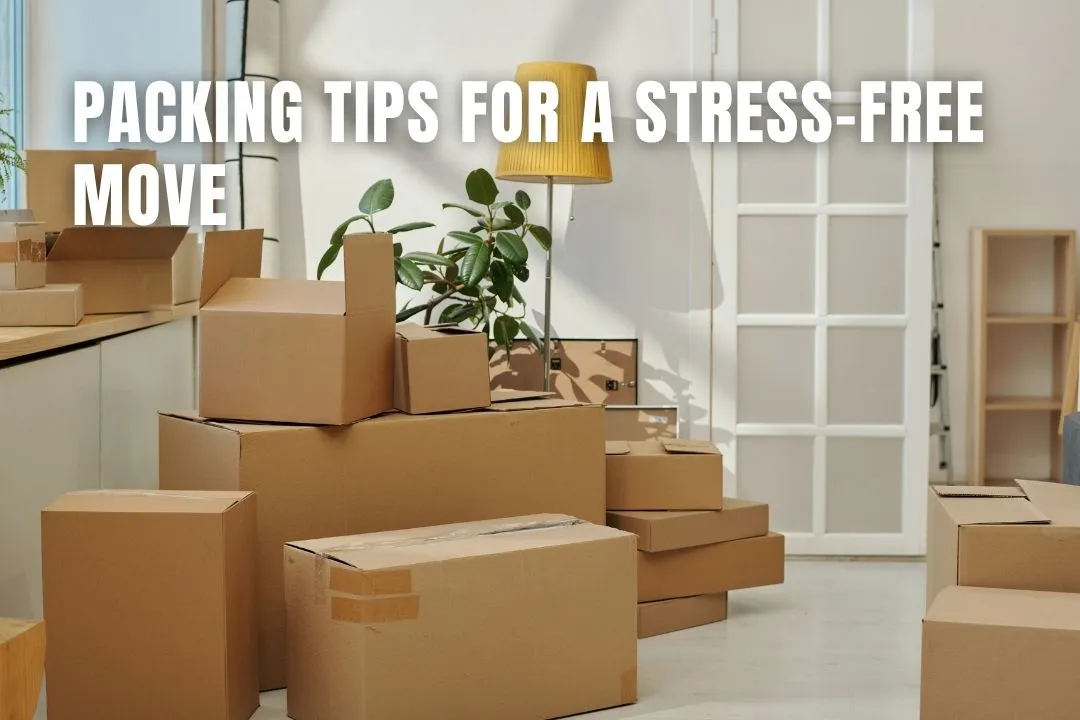
Editorial Disclaimer
This content is published for general information and editorial purposes only. It does not constitute financial, investment, or legal advice, nor should it be relied upon as such. Any mention of companies, platforms, or services does not imply endorsement or recommendation. We are not affiliated with, nor do we accept responsibility for, any third-party entities referenced. Financial markets and company circumstances can change rapidly. Readers should perform their own independent research and seek professional advice before making any financial or investment decisions.
Let’s be honest, moving to a new home is an exhausting experience, and the process of packing often feels like a mountain to climb. If you’re relocating across the street or across Canada, the way you pack can determine whether your move will be a breeze or a nightmare. People frequently search for terms like “how to pack for a move,” “best packing tips,” or “moving tips and tricks” to find ways to make the process simpler. As an industry professional and full cycle moving service provider, we’ve seen firsthand how proper packing can transform a stressful move into a seamless transition. So we decided, we’ll share expert advice on how to pack efficiently, protect your belongings, and decide when to call in the pros, all designed to save you time and stress.
Packing isn’t just about getting items from point A to point B; it’s about safeguarding your possessions and streamlining your move. Here’s why it matters:
For a deeper dive into why preparation is key, check out Cactus Moving’s comprehensive guide, Packing 101: What to Pack, How to Pack & What to Leave to the Pros. It’s packed with step-by-step guidance to make your next move a success.
Packing effectively requires tailoring your approach to the type of item. Below are detailed tips to help you master the process, answering common questions like “what to pack first when moving” and “how to pack fragile items.”
Fragile belongings need extra attention to arrive intact.
Furniture requires both disassembly and protection to stay safe.
Clothes can be bulky, but smart packing saves space and time.
Heavy items need careful handling to avoid injury and box failure.
For Canadian movers, preparing for the country’s diverse climates and long-distance relocations adds another layer to the packing process. In regions like British Columbia’s rainy coast or Alberta’s frigid winters, weatherproofing your belongings is critical. Use waterproof plastic bins or mattress bags for items sensitive to moisture, and double-wrap electronics to protect against extreme cold, which can damage screens or batteries. For long-distance moves, such as from Toronto to Vancouver, consolidate items to reduce costs and ensure boxes are sealed tightly to withstand extended transit times.
One often-overlooked step in packing is decluttering, which can significantly streamline your move. According to a Forbes article, How To Move Without Taking Everything With You, sorting through your possessions before packing can cut moving costs by reducing the volume of items to transport. Start by categorising items into keep, donate, sell, or discard piles, and leverage Canadian platforms like Kijiji or local charities like Goodwill for donations. By packing only what you truly need, you’ll save time, reduce stress, and potentially lower your moving bill, especially for long-distance relocations across Canada’s vast geography.
DIY packing works for many, but certain situations call for expert help.
Industry professionals like Cactus Moving who moved over 6000 families and businesses across Calgary, Edmonton and Toronto offer tailored packing services, from full-home packing to handling specific items. With their excessive experience and first-hand expertise, your belongings will stay secure, whether it’s fragile heirlooms or bulky furniture.
Packing doesn’t have to derail your move. By starting early, using the right techniques, and knowing when to call a professional moving company, you can protect your belongings and save your time. Whether you’re tackling it solo or seeking help, preparation is your ticket to a stress-free experience.
Start early, use sturdy boxes, wrap fragile items well, label everything clearly, and pack an essentials box with items you’ll need immediately.
Wrap each item in bubble wrap or packing paper, use strong boxes, fill gaps to prevent movement, and label as “fragile.”
Use wardrobe boxes for hanging clothes, vacuum bags for bulky items, and roll casual wear to save space.
Weatherproof belongings with waterproof bins or mattress bags, double-wrap electronics, and tightly seal boxes for transit.
Hire pros if you have valuable items, limited time, or physical limitations for safe and efficient packing.
Let’s be honest, moving to a new home is an exhausting experience, and the process of packing often feels like a mountain to climb. If you’re relocating across the street or across Canada, the way you pack can determine whether your move will be a breeze or a nightmare. People frequently search for terms like “how to pack for a move,” “best packing tips,” or “moving tips and tricks” to find ways to make the process simpler. As an industry professional and full cycle moving service provider, we’ve seen firsthand how proper packing can transform a stressful move into a seamless transition. So we decided, we’ll share expert advice on how to pack efficiently, protect your belongings, and decide when to call in the pros, all designed to save you time and stress.